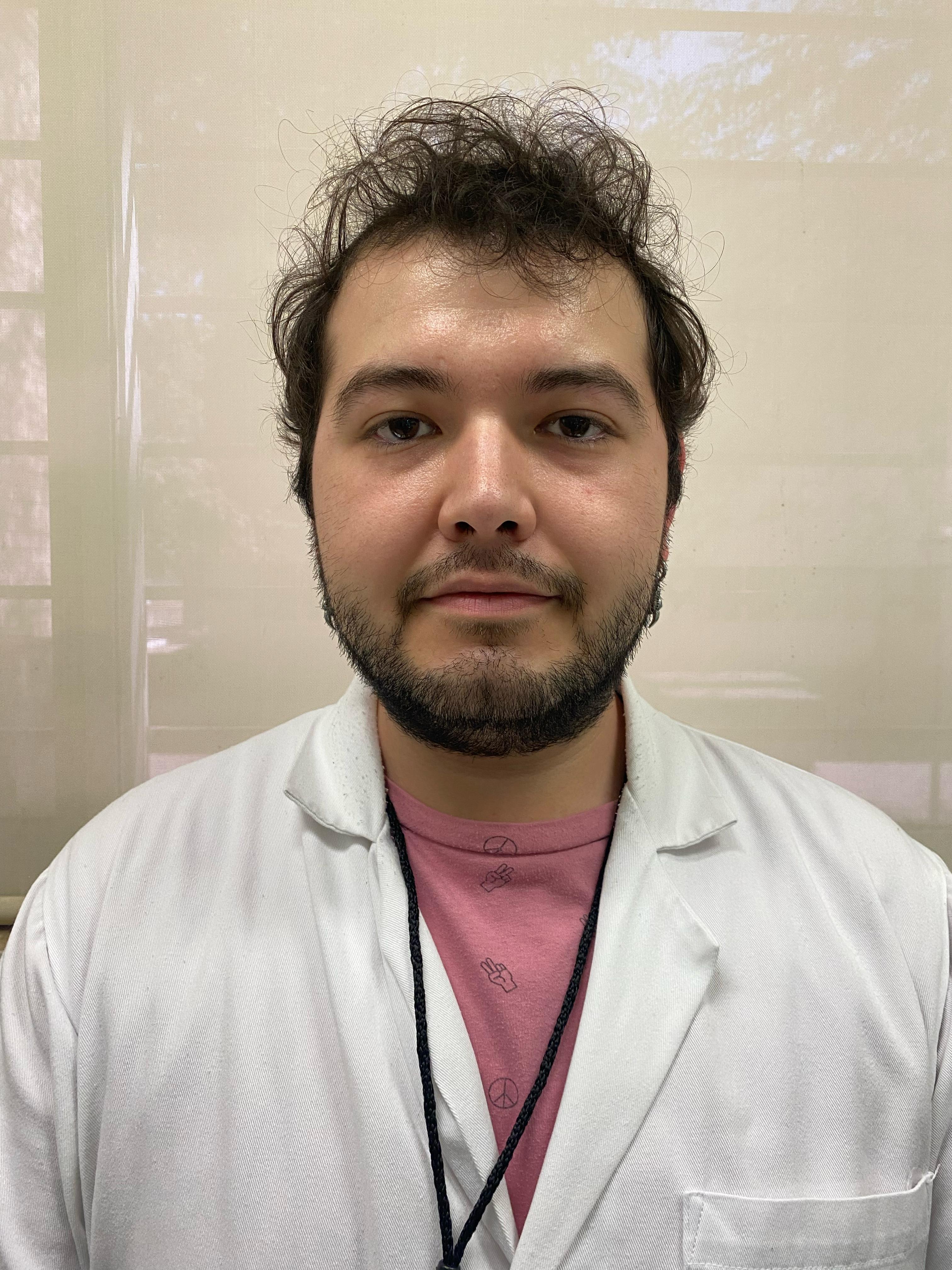Below is a summary of the abstract you submitted. Presenting author(s) is shown in bold.
If any changes need to be made, you can modify the abstract or change the authors.
You can also download a .docx version of this abstract.
If there are any problems, please email Dan at dar78@pitt.edu and he'll take care of them!
This abstract was last modified on March 31, 2025 at 7:58 p.m..

INTRODUCTION: Bacteriophages are one of the most abundant microorganisms on Earth. These viruses can infect bacteria, causing the destruction of these, and releasing virions into the environment, and causing the infection of other bacteria present in the environment. Due to this capacity, bacteriophages are one of the most promising alternative treatments for the infection of multidrug resistant bacteria. In Mexico, the study of the bacteriophages is relatively new, making the diversity of the bacteriophages present in the environment unknown. The present project evaluates and shows the different bacteriophages that can be found in Culiacán, Sinaloa, México; it also presents the activity against some bacteria of the ESKAPE group, and the diversity of these. OBJECTIVE: Isolate and evaluate at least one lytic bacteriophage with activity against ESKAPE bacteria. METHODS: Briefly, water samples from the river and sewage were processed by centrifugation and filtered through a 0.22µm syringe filter. Once filtered, 50µL of the treatment was put in contact with 250µL of each bacterial host from the ESKAPE group. After 10 minutes, 5 ml of top agar (0.7% agarose) was added and poured into a PYCA plate and incubated for 24 hours. After incubation, plates with clear zones were taken as positive results. Finally, the plates were purified until a single morphology was shown in the agar plate and were stored at -80°C. RESULTS: A total of 11 bacteriophages were obtained after the samples were processed, and all the bacteriophages have shown activity against ESKAPE bacteria. CONCLUSION: Water sources like rivers and sewage have a high viral charge, making them a good option to isolate bacteriophage. Although the bacteriophages have proved to be good candidates for bacteriophage therapy, further studies must be done to evaluate their genome and check if they don’t carry any genes that can confer toxicity or an advantage to the bacteria.

